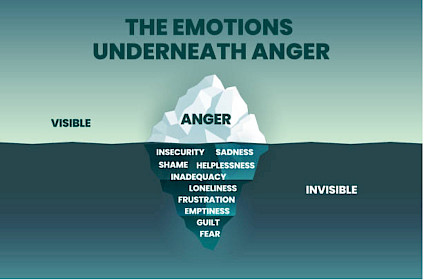
Heavy M.E.T.A.L Group
Call David: 0401 766 877
- Home
- About Us
- Services
- Bookings
- Resources
- Contact Us
Heavy M.E.T.A.L Group
Call David: 0401 766 877

It can be hard to imagine our children behaving in destructive and dangerous ways, yet it is an issue that needs to be addressed. Punching holes in the wall, breaking or throwing things, or smashing a car’s windshield are all serious behaviours that can cause harm to property and even people. The sudden outbursts of anger and aggression often come out of nowhere, leaving parents searching for solutions.
Experts suggest that children engaging in these kinds of behaviours are often dealing with some sort of underlying emotional issues. It is important for parents to understand the root cause behind such aggressive displays to take appropriate action and help their child find healthy ways to manage their emotions. Professional counselling services may also be needed if the problem persists despite parental intervention.
Regarding children's behaviour, what we can see on the surface is only part of the story. Like an iceberg, a child's behaviour is complex and much more than meets the eye. Beneath their outward expressions lies a deep pool of thoughts and emotions that can be difficult to access from the outside. The visible tip of this iceberg may look different for each child, but their underlying motivations are often quite similar: striving for independence, exploring consequential thinking, and seeking approval from adults or peers. All these elements contribute to how a child develops in terms of self-esteem and values as they grow into adulthood.

Adults need to take time to understand what lies beneath a child's behaviour rather than simply reacting negatively when they display something undesirable.
When you look at an iceberg, on the surface you are only seeing a fraction of what is really going on underneath. Underneath is a jagged, complicated mass of problems. Much like a Child’s behaviour. What you see on the surface, is not a true reflection of what is really going on underneath. As a parent, when a child misbehaves or lashes out, we need to look past the surface. 90% of what is going on is actually underneath the surface. Is our child getting everything they need?
It is normal for a child to misbehave. They are testing the water to see where they fit in and in a lot of ways what they can get away with. What is right and what is wrong. Who are they as a person. A lot of this develops over time and their experiences in childhood help to form this. One of the base fundamentals is the feeling of belonging. A child needs to feel they belong. This is one of their many emotional needs. If they don’t feel these needs are being met (even if they realistically are), they will misbehave, when a parent reacts with a form of punishment, it confirms this feeling to the child. It can become a vicious cycle of discouragement without the parent even realising. Therefore, it is important when a child misbehaves to look deeper. Instead of reacting with anger to their behaviour, we need to look past the behaviour and look at what is going on underneath the surface. We need to ask not just are their basic needs being met because in the parent’s eyes they may be meeting these needs, but does the child themselves feel that their basic needs are being met? Communication is key.
Misbehaving is a normal part of growing up and parenting, but how you react is even more important. When you deal with issues with a different approach than just yelling and punishment, behavioural change is likely to follow.
Next time your child misbehaves, look at the above image and ask yourself the questions …. Where is my child’s behaviour really coming from?
Stay up to date with our latest articles by subsribing to our free newsletter here.